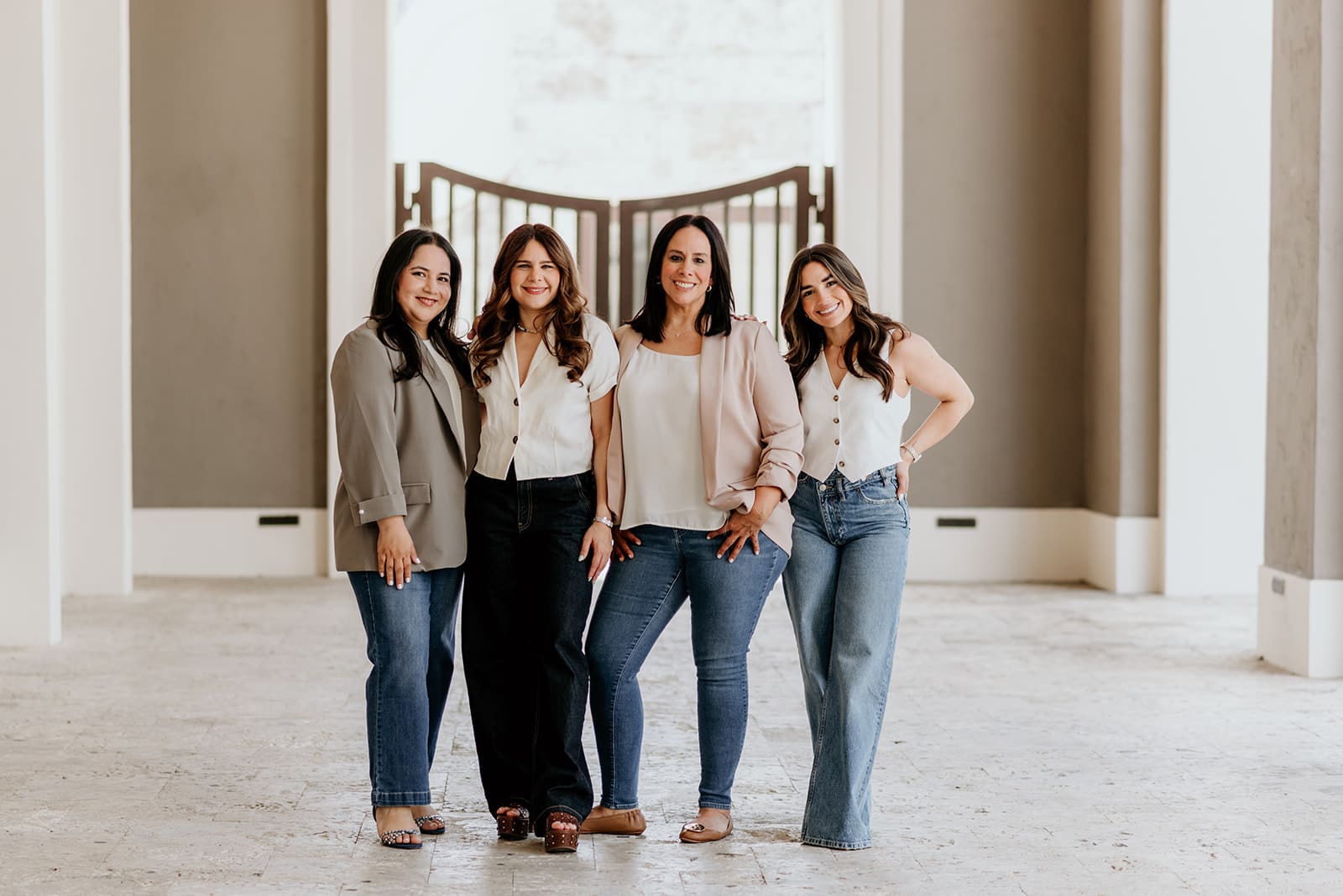Daniel Siegel’s 4 S’s of Secure Attachment—Safe, Seen, Soothed, and Secure—are foundational principles for building strong emotional health and connected relationships. Originally developed to support healthy child development, these four elements also play a powerful role in adult relationships, therapy, and spiritual growth.
In this post, we’ll break down what each “S” means, why it matters, and how it shows up in everyday life.
1. Safe: The Foundation of Trust
Feeling safe means knowing your environment and relationships are predictable and protected. As children, this looks like caregivers who create consistent routines, respond calmly, and offer protection from harm—both physical and emotional.
In adulthood, safety becomes a sense of internal stability. You feel grounded, supported, and able to explore new things because you trust your foundation.
Key signs of safety:
- Emotional and physical boundaries are respected
- Conflict is followed by repair
- You can be vulnerable without fear
When we feel safe, we’re empowered to grow.
2. Seen: The Power of Being Known
To be seen is to be understood—not just noticed, but truly known for who you are. In childhood, it’s when a caregiver is attuned to your feelings, needs, and personality. They notice the small things. They make you feel known and valued.
As adults, being seen helps us lower defenses and feel emotionally available. It fosters connection, deepens trust, and supports authenticity.
Ways to foster being seen:
- Offer time and nonjudgmental attention
- Reflect back what you hear and observe
- Cultivate spaces where people feel free to be themselves
Even when others fall short, we believe in a God who sees every part of us and loves us unconditionally.
3. Soothed: Regulating Through Connection
Soothing is the emotional reassurance we receive when we’re distressed. In early development, this looks like a caregiver offering calm, comfort, and presence when a child is in pain or overwhelmed.
This early co-regulation teaches us how to self-regulate later in life. As adults, being soothed might look like a loved one helping us process stress or a moment of prayer that brings clarity and peace.
Soothing practices might include:
- Physical comfort (touch, presence, tone of voice)
- Emotional validation (“You’re not alone in this.”)
- Encouraging healthy dependence when needed
When we are soothed regularly, we’re better equipped to handle stress and return to calm.
4. Secure: The Result of Consistency and Care
Security is the result of consistently experiencing the other three S’s. When someone feels safe, seen, and soothed, they begin to trust that their needs will be met—without fear or shame.
Secure attachment leads to healthy emotional development, confidence in relationships, and the ability to handle conflict without fear of rejection. In adulthood, secure individuals tend to trust others, regulate their emotions, and maintain balanced, reciprocal relationships.
Secure attachment looks like:
- Trusting others without fear of abandonment
- Navigating conflict without shutting down
- Knowing your value regardless of performance
Even if you didn’t experience secure attachment growing up, healing is possible. Attachment patterns can change, and for those rooted in faith, our ultimate security is in Christ.
The 4 S’s—Safe, Seen, Soothed, Secure—are more than psychological theory. They’re a blueprint for how humans thrive in relationships and develop emotional resilience.
If you’re noticing gaps in these areas, you’re not alone—and you’re not broken. Healing is possible at any age. Whether through therapy, safe community, or spiritual connection, these needs can still be met.
At Eden Therapy Co., we walk with individuals every day as they reconnect to these foundational truths—and we’re honored to be part of that process.
The 4 S’s of Secure Attachment: Building Strong Relationships
July 18, 2025

View comments
+ Leave a comment